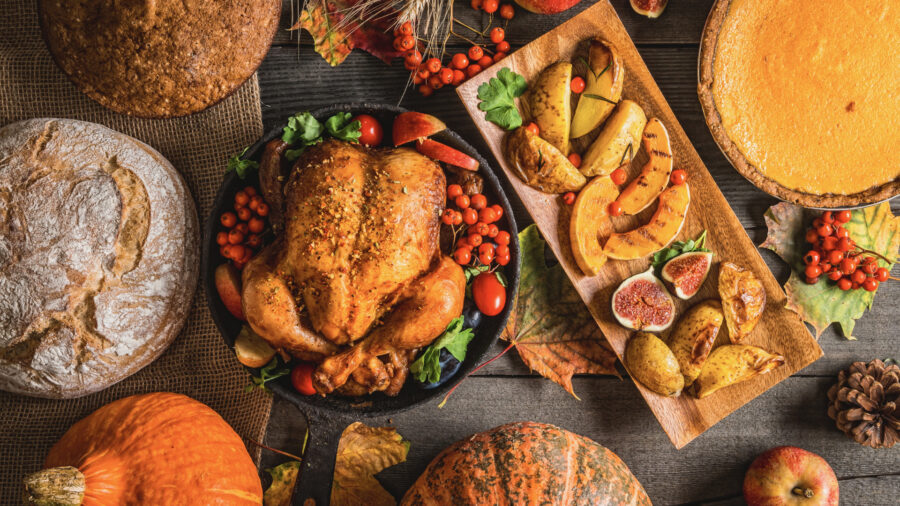Even with inflation slowing, consumers should expect higher prices for this year’s Thanksgiving dinner, largely due to labor and packaging costs, the chief economist for Wells Fargo Agri-Food Institute told The Food Institute.
The Bureau of Labor Statistics shows grocery prices up nearly 17% in the past two years, though the pace of increases has slowed in recent months. The American Farm Bureau Federation projected the average cost of a Thanksgiving dinner for 10 people at $64.05 last year. Though the 2023 estimate has yet to be released, the Consumer Price Index shows food-at-home prices up 2.4%.
“The drivers of food inflation remain labor and packaging costs,” Wells Fargo’s Michael Swanson said. “Feed costs have fallen with a good production year and steady to weaker demand. Bird flu is not impacting the Thanksgiving supply [this year].”
Food manufacturers have seen their profits fall in the past year, forcing them to pass along increases for raw materials, energy, transportation, and packaging.
Other Important Factors
Swanson noted labor costs have increased significantly post-COVID and likely won’t be moderating, and though feed prices have eased significantly, they are still higher than pre-pandemic levels due to global risk issues, including the Russian invasion of Ukraine.
The Agri-Food Institute’s annual outlook projects retail turkey prices to be 16% less than last year, averaging $1.37 per pound, a penny more than the wholesale price, which was down 29% from October 2022.
The report noted retailers use turkey as a key driver of store traffic for the holiday, meaning they keep prices lower. Ham, another holiday favorite, is up more than 5% from last year, the result of high feed prices and limited expansion.
Don’t Expect Discounts
Bloomberg Intelligence analyst Jennifer Bartashus said competition among retailers should keep prices in check, but deep discounts are unlikely.
Fresh cranberries, however, present a bright spot, down 20% from last year.
“[G]iven that the original wholesale-to-retail spread started from such an elevated point, it’s unlikely the consumer will see the complete benefit of the drop in wholesale turkey prices,” the outlook said.
“The burden is falling on turkey producers who bought historically expensive feed to ready turkeys for their big day,” the forecast added. “This shifting of margin contraction back onto the agricultural producers and food manufacturers creates risk to the financial stability of those producing the food.”
Processed foods that accompany the bird also add to the total.
Swanson said major food manufacturers have seen their profits fall in the past year, forcing them to pass along increases for raw materials, energy, transportation, and packaging, “and the nearby future looks difficult for them as well.” An example is canned cranberries, the price of which is up 60% from last year. Canned green beans also are higher, as is canned pumpkin.












